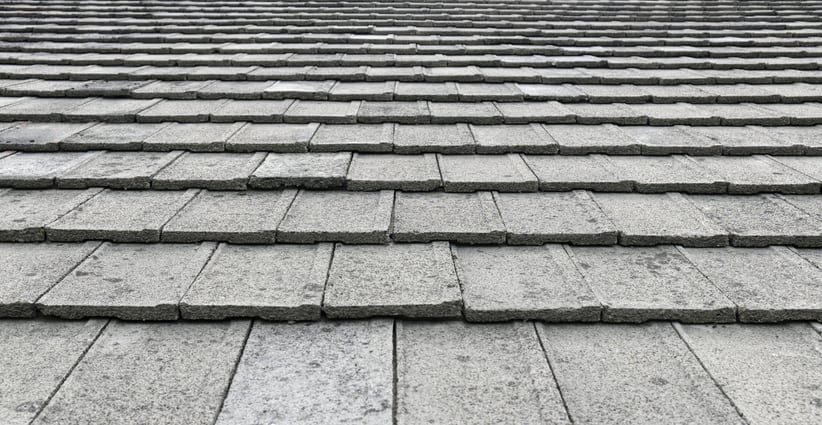![]() Phoenix, Arizona: 602-932-1623
Phoenix, Arizona: 602-932-1623
![]() Phoenix, Arizona: 602-833-1185
Phoenix, Arizona: 602-833-1185

February 12, 2018
Clay tiles are made up of baked patterned clay. The mass of the tile is controlled by the temperature and duration at which it is baked. There are extensive types of tile shapes, colors, designs, and appearance.
Clay tiles are non-flammable, won’t decay, are insect-proof and tremendously tough. Clay roofing tiles in lighter colors reflect the sun’s solar energy even beyond 50%, so it gives a cooling effect. They are very adaptable, need less upkeep and afford more shelter for the residents. Clay roofing tiles present stylish, lasting visuals for your home’s added usefulness and design.
Clay tiles are usually used in European, Mission, Mediterranean and some ranch-style or modern homes. It is absolutely one of the greenest roofing preferred because it can be obtained locally and is prepared from a viable mixture. It can last up to more than 50 years, which is longer than that of the object that it lies on.
There are disadvantages also to using clay tiles. The main disadvantage is that it is quite heavy and needs additional support beneath it. Another disadvantage is that it is breakable, thus making it hard for rain gutters or fireplaces to be cleaned as we have to step on it to clean those hard-to-reach areas. Preliminary setting up can be more complex than other roofing stuff. It also costs from $300 to $600 per 100 square feet.
Concrete tiles are prepared from sand, Portland cement, and water in different quantities. It is squeezed on molds under high pressure. The outer layer of a concrete tile may be given a colored cement finishing mixed with an artificial oxide stabilizer. It is treated to attain the standard strength for concrete tiles. There are added water locks to the lengthwise borders to cut off movement and thwart water penetration.
Like the clay tiles, the concrete tiles have a long life extent, fireproof, won’t decay, and insect-proof. These concrete tiles are quite tough and are not notably smashed up by hail or wind. It also costs less than the other kind of tile. Concrete and clay tiles are recyclable and reusable.
There are some drawbacks to concrete tiles. Like the clay tiles, the main disadvantage is that it is heavyweight and thus, needs a sturdy house structure to support it. Concrete roof tiles also need a sealant to inhibit moisture and leaking out.
The advantages though outweigh the disadvantages, so in the long run because of their longer lifespan, energy efficiency, and being two of the greenest roofing selections, clay and concrete tile roofing will give a lot of savings and satisfaction.